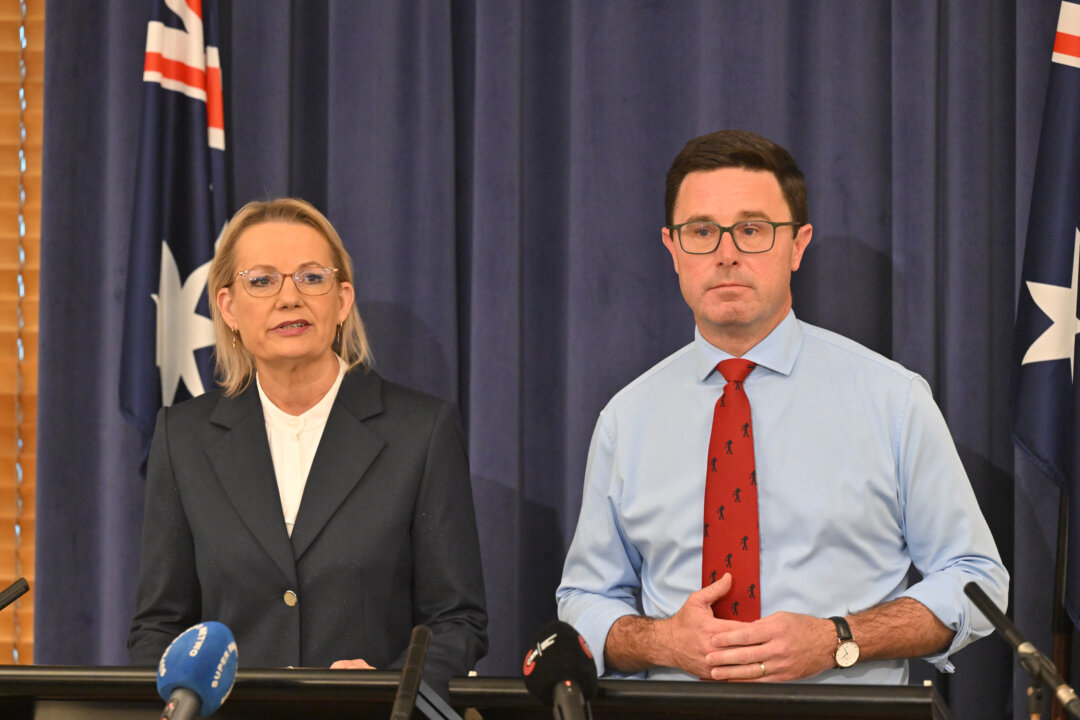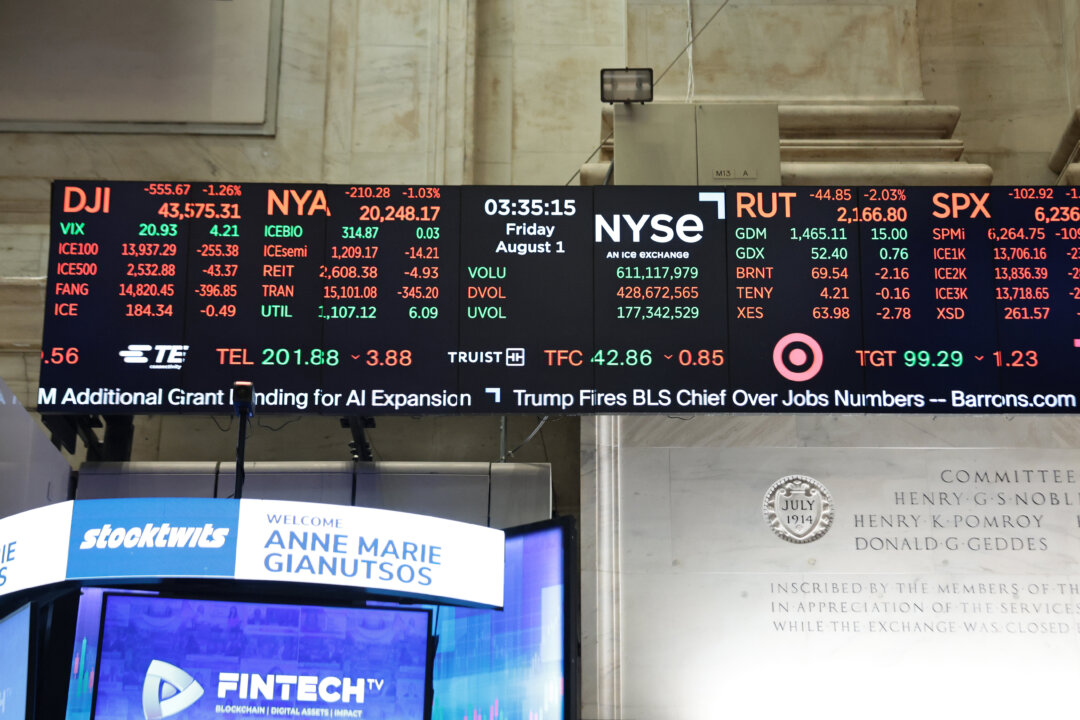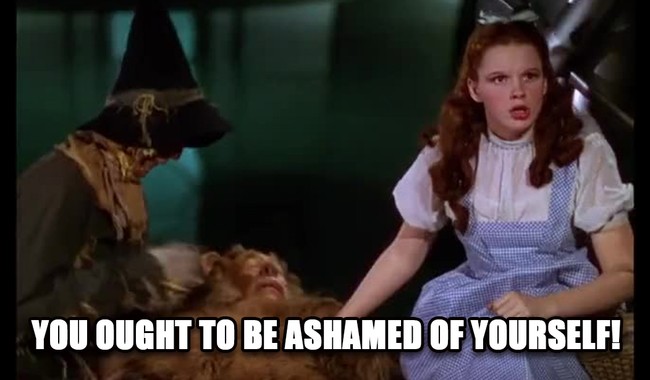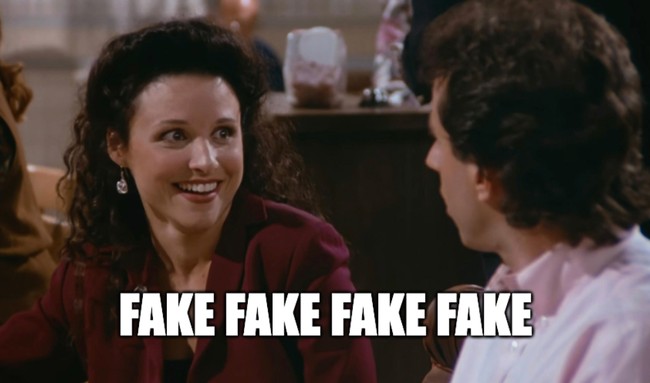0 Commentarios
0 Acciones
138 Views

Directorio
Elevate your Sngine platform to new levels with plugins from YubNub Digital Media!
-
Please log in to like, share and comment!
-
 YUBNUB.NEWSREPORT: Pentagon Preparing to Send National Guard Troops to ChicagoJust one day after President Trump confirmed that Chicago is next on his list of crime-infested cities to clean up, the Pentagon is reportedly preparing to send in the National Guard! According to a report0 Commentarios 0 Acciones 144 Views
YUBNUB.NEWSREPORT: Pentagon Preparing to Send National Guard Troops to ChicagoJust one day after President Trump confirmed that Chicago is next on his list of crime-infested cities to clean up, the Pentagon is reportedly preparing to send in the National Guard! According to a report0 Commentarios 0 Acciones 144 Views -
 YUBNUB.NEWSNorth Korean Leader Kim Oversees Firing of New Air Defense Missiles, KCNA SaysA combination image released by KCNA on Aug. 23, 2025, said to show firing tests of anti-aircraft missiles and North Korean leader Kim Jong Un flanked by Korean People's Army officers, at an unknown location.0 Commentarios 0 Acciones 140 Views
YUBNUB.NEWSNorth Korean Leader Kim Oversees Firing of New Air Defense Missiles, KCNA SaysA combination image released by KCNA on Aug. 23, 2025, said to show firing tests of anti-aircraft missiles and North Korean leader Kim Jong Un flanked by Korean People's Army officers, at an unknown location.0 Commentarios 0 Acciones 140 Views -
 YUBNUB.NEWSNationals Vow to Take Nuclear Policy to Next ElectionLeader of the Opposition Sussan Ley and Nationals leader David Littleproud at a press conference at Parliament House in Canberra, Australia on May 28, 2025. AAP Image/Mick TsikasThe Nationals are vowing0 Commentarios 0 Acciones 149 Views
YUBNUB.NEWSNationals Vow to Take Nuclear Policy to Next ElectionLeader of the Opposition Sussan Ley and Nationals leader David Littleproud at a press conference at Parliament House in Canberra, Australia on May 28, 2025. AAP Image/Mick TsikasThe Nationals are vowing0 Commentarios 0 Acciones 149 Views -
 YUBNUB.NEWSMajor Retailer Reports Increased Crime, Theft Impacting Profit MarginsShoppers walk down the Royal Arcade in central Melbourne, Australia, on Oct. 27, 2023. Susan Mortimer/The Epoch TimesA major Australian and New Zealand retailer has shed light on the impact of crime on0 Commentarios 0 Acciones 134 Views
YUBNUB.NEWSMajor Retailer Reports Increased Crime, Theft Impacting Profit MarginsShoppers walk down the Royal Arcade in central Melbourne, Australia, on Oct. 27, 2023. Susan Mortimer/The Epoch TimesA major Australian and New Zealand retailer has shed light on the impact of crime on0 Commentarios 0 Acciones 134 Views -
 YUBNUB.NEWSIllegal Alien Mom Sentenced for Sex Trafficking Her 12-Year-Old Daughter to Illegal Alien for $250This horrifying story reminds us of a post we did earlier on a Pakistani man in England who attempted to rape a 13-year-old British girl, with his wife pleading in court, "He didnt know it was illegal!"0 Commentarios 0 Acciones 152 Views
YUBNUB.NEWSIllegal Alien Mom Sentenced for Sex Trafficking Her 12-Year-Old Daughter to Illegal Alien for $250This horrifying story reminds us of a post we did earlier on a Pakistani man in England who attempted to rape a 13-year-old British girl, with his wife pleading in court, "He didnt know it was illegal!"0 Commentarios 0 Acciones 152 Views -
 YUBNUB.NEWSGeorge Conway Asks Who Is Going to Tell Trump to Leave the White HouseGeorge Conway, whose goofy photo of him shooting video of the FBI raid on John Bolton's home went viral, seems to be returning to the old talking point from the first Trump administration that President0 Commentarios 0 Acciones 132 Views
YUBNUB.NEWSGeorge Conway Asks Who Is Going to Tell Trump to Leave the White HouseGeorge Conway, whose goofy photo of him shooting video of the FBI raid on John Bolton's home went viral, seems to be returning to the old talking point from the first Trump administration that President0 Commentarios 0 Acciones 132 Views -
 YUBNUB.NEWSWall Street Review: Dow Hits Record, Small Caps Rally as Fed Paves Way for Rate CutsStock market numbers are displayed on the floor of the New York Stock Exchange during afternoon trading on Aug. 1, 2025. Michael M. Santiago/Getty ImagesThe Dow Jones Industrial Average ended last week0 Commentarios 0 Acciones 148 Views
YUBNUB.NEWSWall Street Review: Dow Hits Record, Small Caps Rally as Fed Paves Way for Rate CutsStock market numbers are displayed on the floor of the New York Stock Exchange during afternoon trading on Aug. 1, 2025. Michael M. Santiago/Getty ImagesThe Dow Jones Industrial Average ended last week0 Commentarios 0 Acciones 148 Views -
 YUBNUB.NEWSMore Than 1.5 Million Sign Petition Calling for 'Fair Sentencing' of Illegal Trucker Who Killed ThreeAs Twitchy reported on August 17, an illegal alien semi-truck driver was arrested for making an illegal highway U-turn that killed three Americans in Florida. The incident was caught on camera: Advertisement0 Commentarios 0 Acciones 165 Views
YUBNUB.NEWSMore Than 1.5 Million Sign Petition Calling for 'Fair Sentencing' of Illegal Trucker Who Killed ThreeAs Twitchy reported on August 17, an illegal alien semi-truck driver was arrested for making an illegal highway U-turn that killed three Americans in Florida. The incident was caught on camera: Advertisement0 Commentarios 0 Acciones 165 Views -
 YUBNUB.NEWSFarewell, Fearless Hero: America's Last WW2 Navy Fighter Ace Passes at 103When I was young, World War 2 was still very fresh in the national memory. My Dad was a World War 2 veteran, as were all three of my uncles. Most of my friends' fathers were either World War 2 or Korean0 Commentarios 0 Acciones 161 Views
YUBNUB.NEWSFarewell, Fearless Hero: America's Last WW2 Navy Fighter Ace Passes at 103When I was young, World War 2 was still very fresh in the national memory. My Dad was a World War 2 veteran, as were all three of my uncles. Most of my friends' fathers were either World War 2 or Korean0 Commentarios 0 Acciones 161 Views



